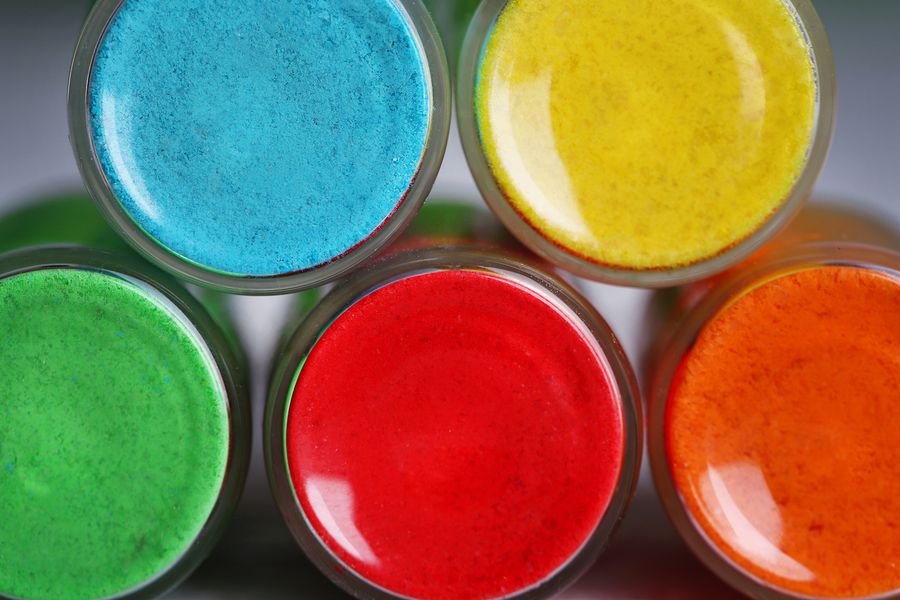
When it comes to editing photos, some post-processing mistakes are inevitable. Even seasoned pros misstep from time to time. You most likely have the basics down: you can sharpen images without over-pixelating them, remove noise without making your subject look unnaturally smooth, and straighten tilted horizon lines. However, you could be making some rookie mistakes without even realizing it.
From filter flubs to color corrections, here are three of the most common mistakes photographers make when editing photos.

Embracing Every Fad
People seem to go crazy for the next new filter or effect … until the next new one comes along. Keep in mind that when you hop on the trend train, all the nifty tools you slaved over will look dated in a couple of years. Proper exposure, natural colors, and interesting – but not overdone – compositions are key principles that lend a timelessness to great photography, but there are many popular processing gimmicks you consider avoiding, such as:
Selective Coloring: In the late 1990s and early 2000s, photographers were delighted that editing software allowed them to add a pop of color to black and white photos. This trend led to so many selectively-colored images that the fad rapidly became one of the most widely known photographic clichés of its time.
Lens Flares: Natural, on-camera lens flares can be beautiful if done well. However, if you use a Photoshop filter to paste one in randomly, it will almost always look fake.
Sepia: Sepia tones were never intended as an aesthetic effect. Rather, film processors in the late 1800s used sepia pigments from cuttlefish to make images more durable. Modern photographers don’t need to make digital images durable.
High Dynamic Range (HDR) Photography: HDR is a processing technique that lets you use several exposures to create an image with a luminosity range that is impossible to obtain in a single exposure. This technique often results in surreal, and obviously unnatural, images.
Of course, just because a particular technique is a fad doesn’t mean you can’t use it to create art – just keep in mind that these filters and effects are tools and don’t overuse them. Learn when certain post-processing techniques are appropriate to avoid looking like a newbie.

Overdoing Colors
It’s easy to tweak brightness, contrast, and saturation in digital photos. It’s also easy to blow your colors way out of proportion. Here are some specific dangers to dodge when editing color.
Whitening: Many beginners push things too far when whitening the eyes and teeth of their subjects. A bit of whitening is perfectly fine, but too-bright teeth make your model look like he left the white strips on too long.
Contrast: As you adjust the contrast slider on your images, keep an eye on the dark and light areas of the picture. Too much luminosity, and you’ll lose the detail in the bright spots. Too much contrast, and the shadows will turn into stark black voids.
Colors: Every lens and camera renders color a bit differently, which means it’s often necessary to bump up the overall saturation, or the saturation of a particular color. However, if you take it too far, your images will go from colorful to cartoony. Similarly, avoid excessive de-saturation unless you’re intentionally trying to create a pastel look.

Abusing Curves
Curves are something of a mystery to many photographers, even to some with years of processing experience. To put it simply, curves manipulate tone and contrast, and give you a way to expand or compress the tonal range of your image. If you don’t understand exactly how to adjust the curves, you can end up with clipped shadows, blown highlights, and an array of odd colors.
Curve adjustments work on a give-and-take system. So if you use luminosity curves to increase the contrast in your shadows and highlights, you’ll lose detail in the midtones. Use the RGB curves to remove a greenish cast and you may find that certain parts of your image turn red.
In order to use curves without abusing them, learn how to read an image’s histogram, get a firm understanding of tonal ranges, and master your image-editing software. This will help you avoid odd color casts, or darks that are too dark and lights that are too light.
Because photo-editing effects or corrections are the most basic post-processing tools, it can be easy to go a little too far, which can lead to an amateur or over-processed look. Remember that it’s okay to push boundaries on occasion, but doing it too often will only lead to a catalog of clichéd content.
RELATED POSTS:



